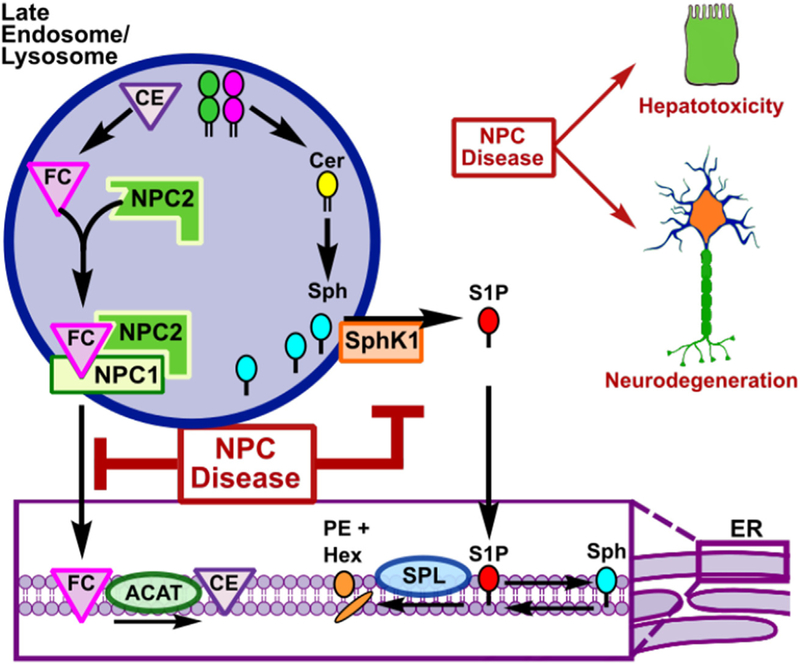Fig. 1. Cholesterol and sphingosine accumulation in NPC disease.
During receptor-mediated endocytosis, plasma membrane sphingolipids are internalized. Those sphingolipids not targeted for recycling must be catabolized in the lysosome first to ceramide and then to sphingosine as they move through the endolysosomal pathway. Sphingosine is exported out of the late endosome/lysosome where it is phosphorylated by sphingosine kinases to S1P. In the endoplasmic reticulum, S1P can either be irreversible degraded by S1P lyase or dephosphorylated back to sphingosine and reused in the sphingolipid salvage pathway. In NPC, however, in addition to the hallmark cholesterol accumulation, there is accumulation of sphingosine that contributes to the cellular biology and pathology of NPC disease. Abbreviations: GSL, glycosphingolipid; LDL; low density lipo-protein; LDLR, low density lipoprotein receptor; SM, sphingomyelin; Cer, ceramide; Sph, sphingosine; SphK1, sphingosine kinase 1; S1P. sphin-gosine-1-phosphate; S1PRs, S1P receptors; CE; cholesterol esters; FC, free cholesterol; ACAT, cholesterol acyltransferase; SPL, sphingosine-1-phosphate lyase; PE, phosphatidylethanolamine; Hex, hexadecenal.

